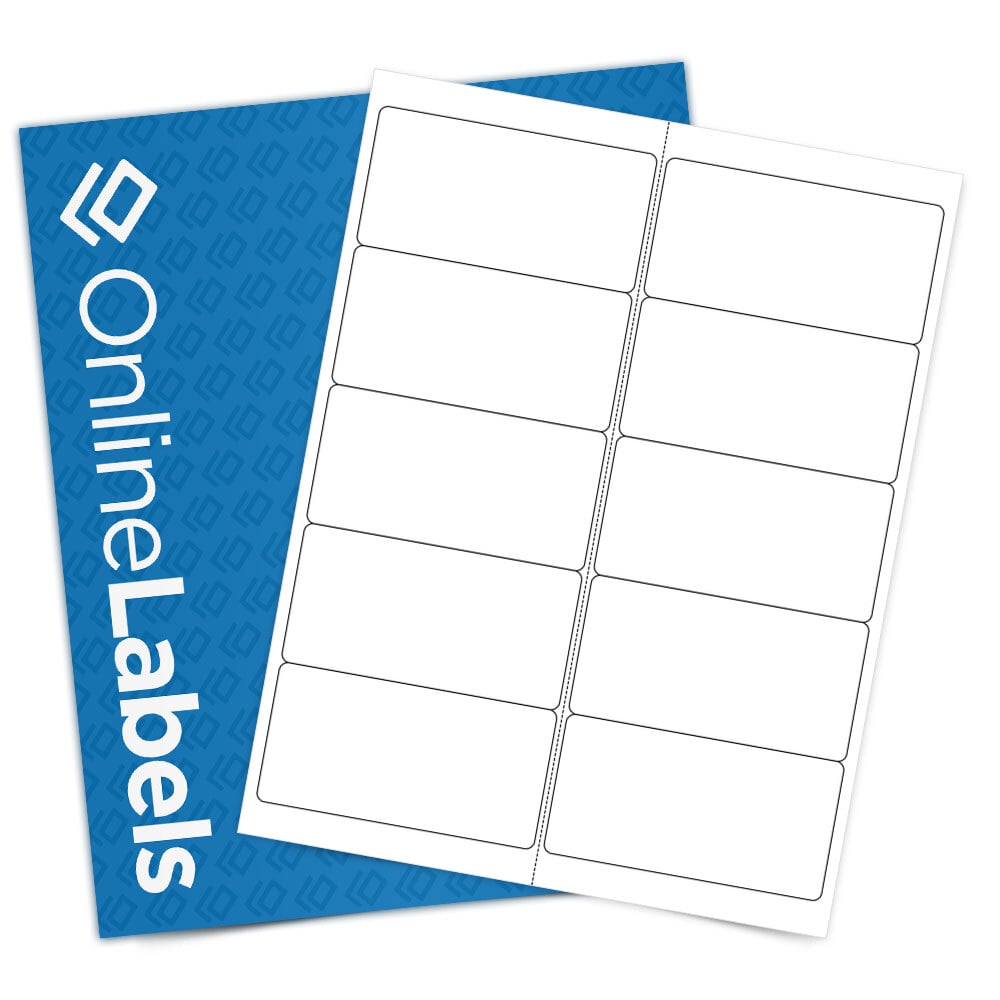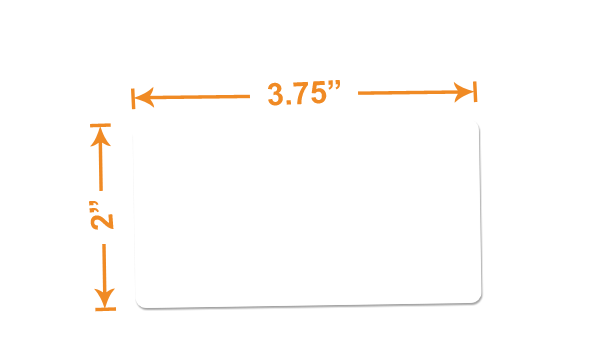Understanding Just How Blank Labels Work to Improve Your Labeling Experience
Understanding the mechanics of blank labels is vital for optimizing your labeling methods throughout different contexts. These versatile tools offer considerable benefits, such as modification and versatility, making them a suitable selection for both specialist settings and individual use. From stock administration to home company, the implications of their strategic application can cause boosted effectiveness. To fully comprehend just how these labels can transform your procedures, one need to consider the different kinds readily available and the myriad means they can be customized to match certain needs.

Benefits of Using Blank Labels
Blank labels provide a versatile solution for numerous classifying demands, making them very useful in both personal and specialist settings. Their versatility permits users to produce customized labels tailored to certain demands, enhancing business performance. Whether made use of in office, retail settings, or industrial applications, blank labels help with the recognition and classification of items, files, and individual items.
One considerable advantage of blank labels is their cost-effectiveness. By permitting users to print only the labels they require, waste is minimized, and inventory management ends up being a lot more manageable. In addition, blank labels are compatible with different printing approaches, consisting of inkjet and laser printers, making them accessible for different users.

Moreover, the use of blank labels streamlines the process of updating info, as users can conveniently print brand-new labels to change obsolete ones, making certain that all items and files are precisely classified. In general, blank labels supply a sensible and effective labeling solution for varied applications.
Sorts Of Blank Labels Available
What alternatives are readily available when it comes to blank labels? Blank labels can be found in a variety of kinds, each suited for different applications and preferences. The most typical kinds consist of paper labels, which are flexible and cost-effective, making them suitable for everyday usage. They are offered in numerous finishes, such as matte and glossy, enabling for aesthetic versatility.
One more preferred alternative is artificial labels, usually made from materials like polyester or plastic. These labels are understood for their sturdiness and resistance to water, chemicals, and tearing, making them suitable for extreme atmospheres. They are generally utilized in industrial setups or for labeling products that might be subjected to wetness.
In addition, there are thermal transfer labels, which require a printer that makes use of warm to transfer ink onto the label surface area. These labels are favored for their top notch print and durability.
Lastly, specialty labels satisfy certain requirements, such as Extra resources detachable labels website link for short-lived usage or high-temperature labels for extreme problems. Recognizing these options enables individuals to choose one of the most appropriate blank label for their special labeling demands.
Customization Options for Labels
A large range of customization alternatives is offered for labels, allowing users to customize them to specific demands and branding requirements. Users can select from different dimensions, forms, and products to guarantee that the labels successfully fit their intended objective. Usual products include paper, polyester, and plastic, each offering different degrees of resilience and visual allure.
Shade options play an important role in personalization, making it possible for brand names to preserve consistency with their business identification. Customers can pick from a spectrum of colors or also choose personalized printing to match certain branding aspects. Additionally, labels can be printed with unique designs, logos, and message, boosting brand acknowledgment and aesthetic effect.
Another vital facet is the option of adhesive. Tags can be developed with irreversible, removable, or repositionable adhesives, relying on the application demands. This versatility enables for efficient labeling options throughout various atmospheres, from retail to industrial settings.

Tips for Effective Labeling
Reliable labeling goes past modification; it likewise involves tactical factors to consider that improve performance and interaction. To accomplish efficient labeling, start by clearly defining the objective of find this each tag. Take into consideration the details that requires to be shared and ensure it is offered in an uncomplicated way. Using succinct language and avoiding lingo can substantially enhance comprehension.
Next, prioritize presence by picking ideal shades and font styles. High contrast in between message and history boosts readability, while bigger fonts assist in quick identification. Furthermore, make certain that labels are positioned in a constant and rational way, making it easier for individuals to situate and translate information.
Take into consideration the resilience of labels. Select materials fit for the details setting where the labels will certainly be utilized, whether it be inside or outdoors. Water-proof or tear-resistant alternatives might be needed depending on the context.
Last but not least, on a regular basis review and update your labels to reflect any type of adjustments in info or use. This proactive technique not only maintains quality but likewise prevents complication in time. By complying with these suggestions, you can maximize the efficiency of your labeling initiatives, guaranteeing they offer their designated purpose successfully.
Applications of Blank Labels
Blank labels offer countless applications throughout various sectors, making them an invaluable device for company and interaction. These flexible labels are commonly utilized in storehouses for stock monitoring, permitting companies to easily identify and track items. By using blank labels to storage space containers, racks, or pallets, firms can improve their operations and reduce the possibility of errors.
In the healthcare field, blank labels play a critical duty in labeling drugs and clinical materials, making certain correct identification and usage. Customizable labels can consist of essential info such as dose, expiration dates, and client information, improving safety and compliance.
In retail, blank labels aid in prices products, supplying promotions, or labeling shelf locations, which inevitably improves the consumer experience. They permit fast updates to pricing or product info without the requirement for pre-printed labels.
Moreover, blank labels are helpful for personal use, such as arranging office, crafting, or labeling food containers. Their flexibility allows individuals to create customized remedies that fulfill particular needs. Overall, the applications of blank labels are extensive, underscoring their significance in cultivating effectiveness and clarity in various setups.
Final Thought
In verdict, blank labels offer a flexible and reliable option for numerous identifying needs. Their flexibility in size, form, and product enables customized applications throughout different atmospheres. By leveraging personalization alternatives and reliable labeling approaches, organizations can enhance clearness and communication (Blank Labels). Ultimately, the integration of blank labels right into functional processes adds to improved performance, making them a vital resource for both individual and professional use.